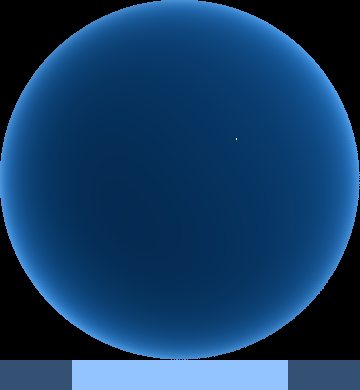

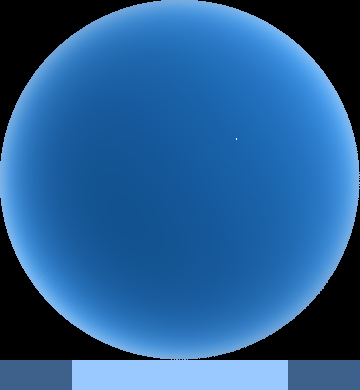
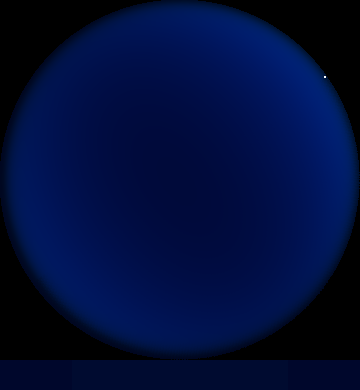
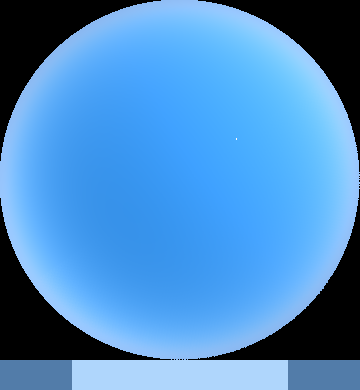
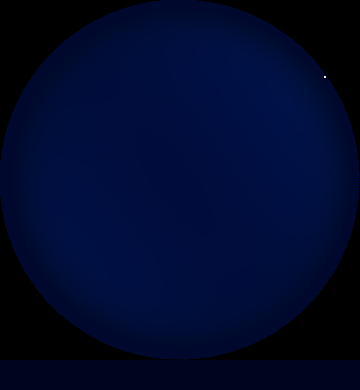
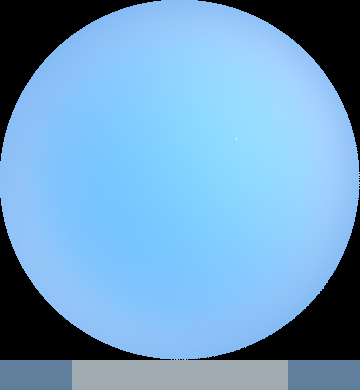

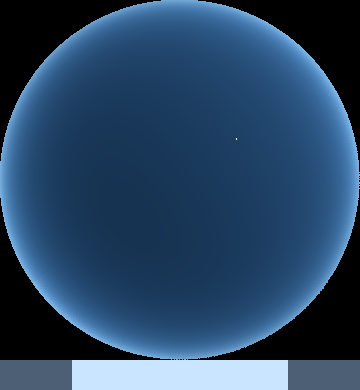
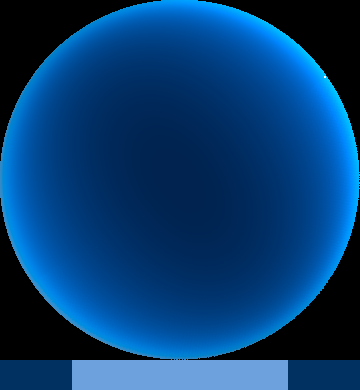
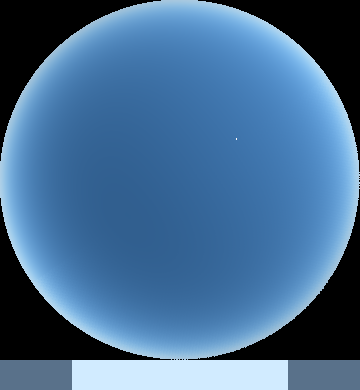

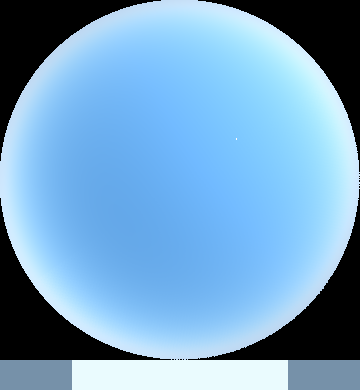
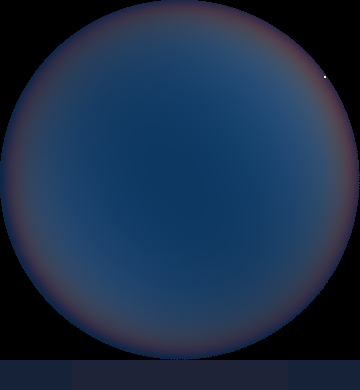
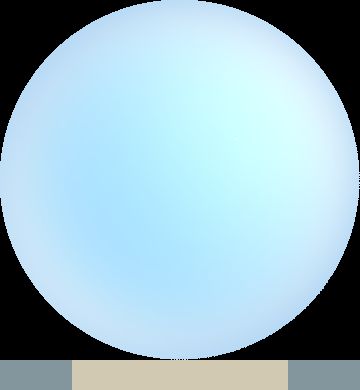

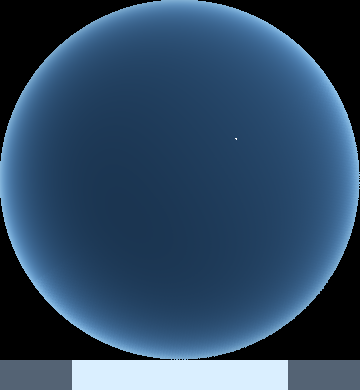
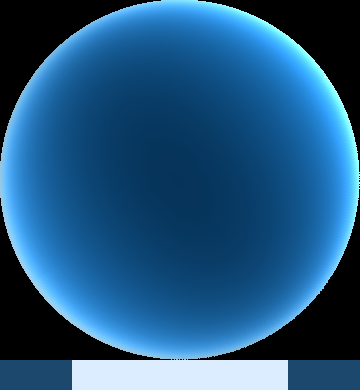
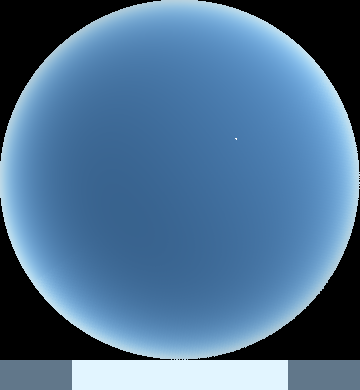
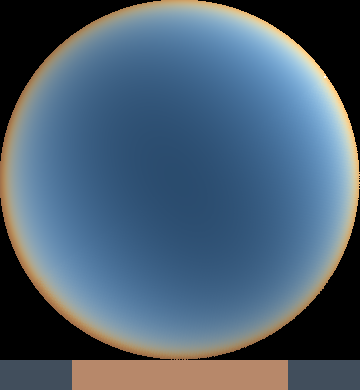
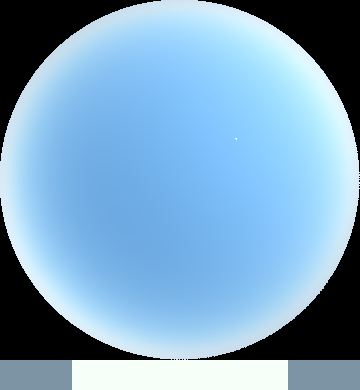
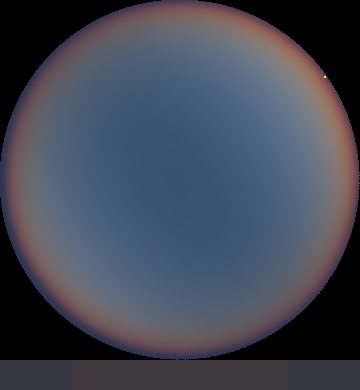
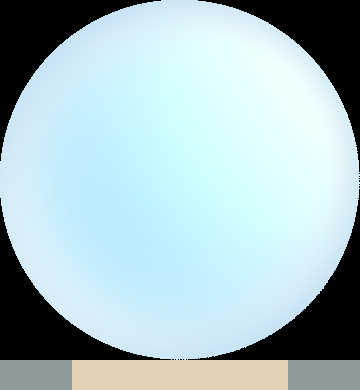
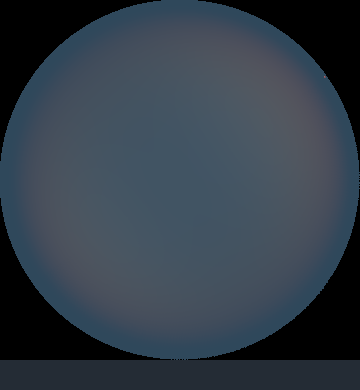
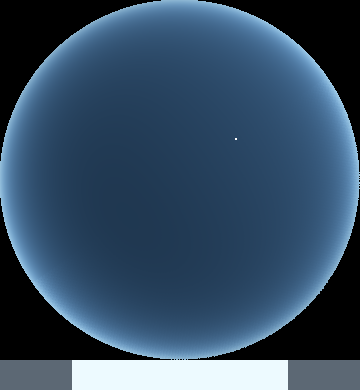
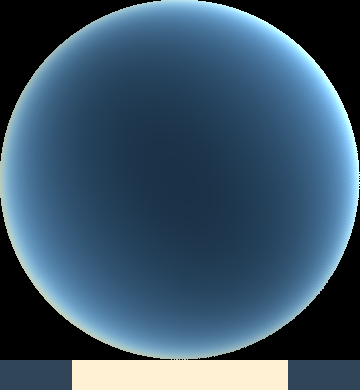
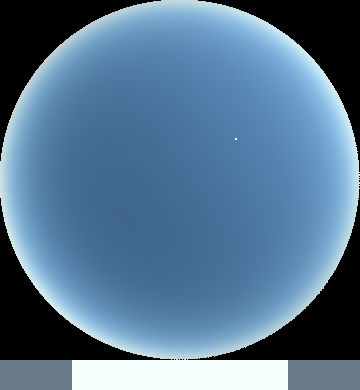
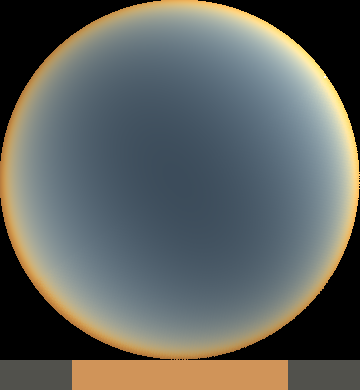
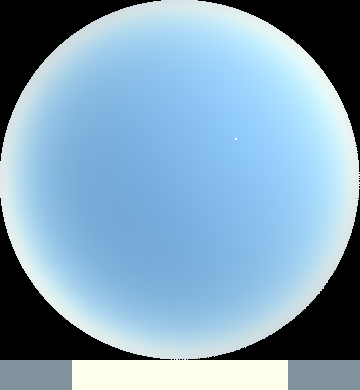
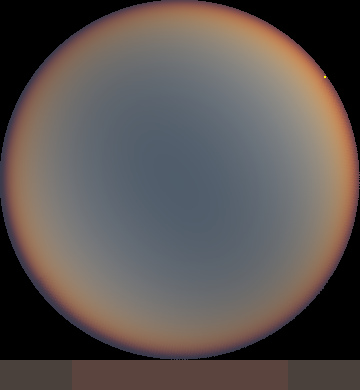
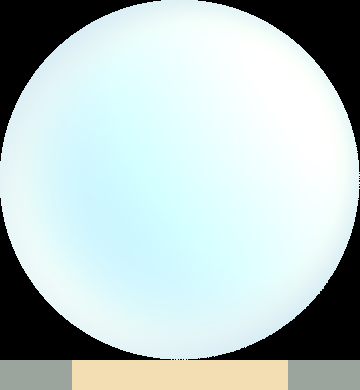
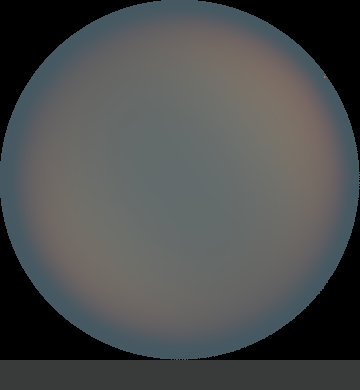
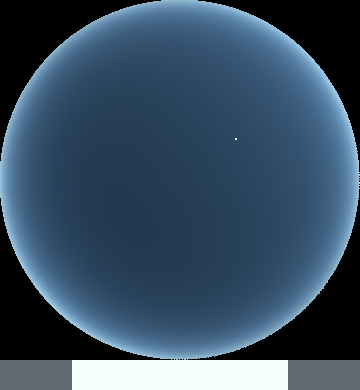
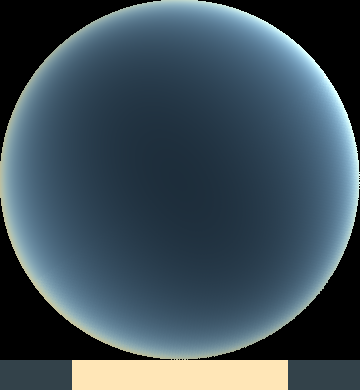
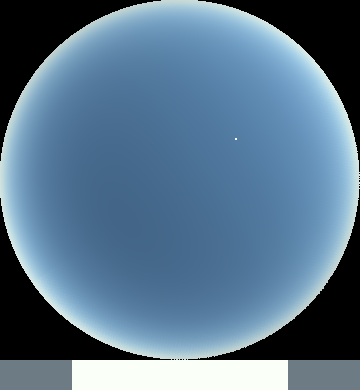
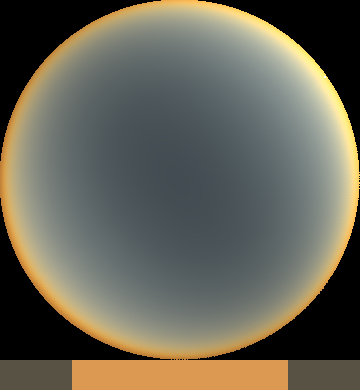
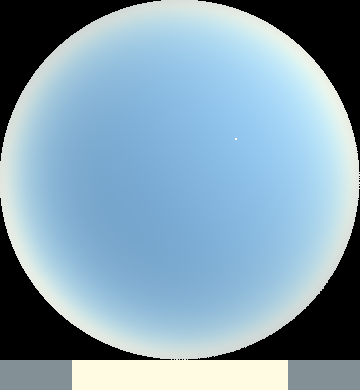
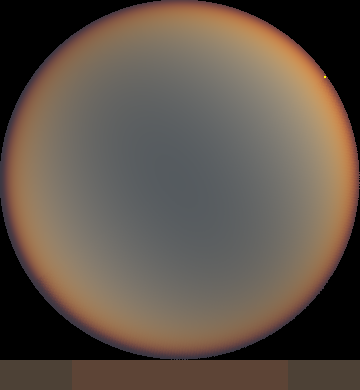
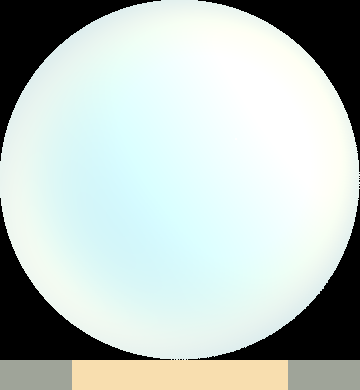
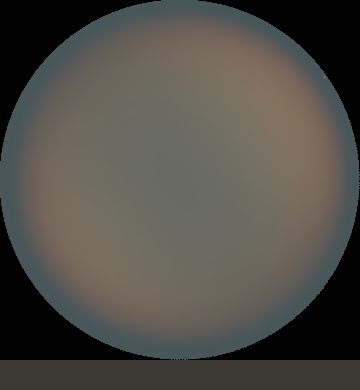
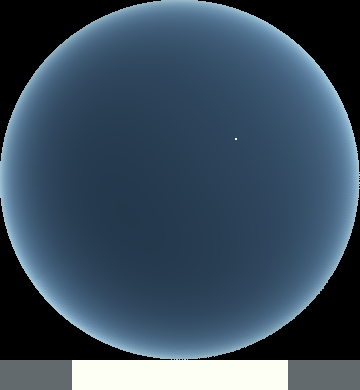
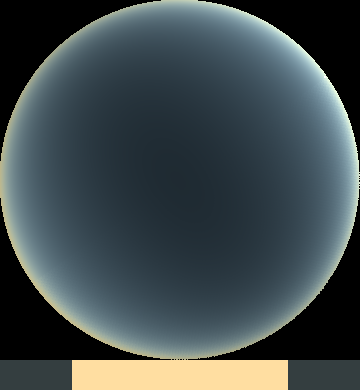
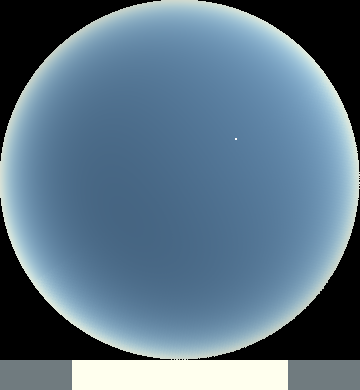
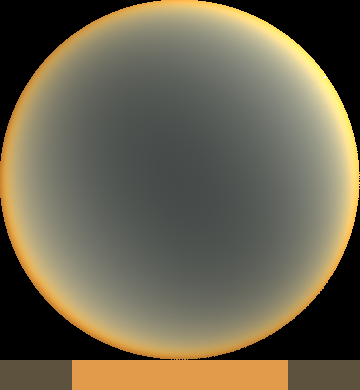
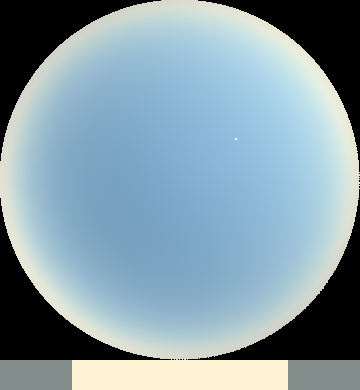
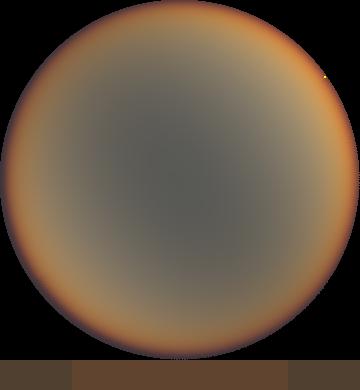
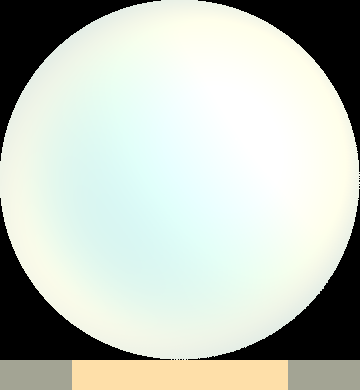
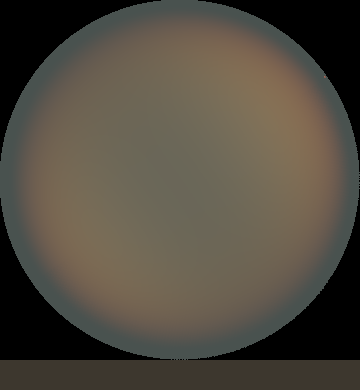
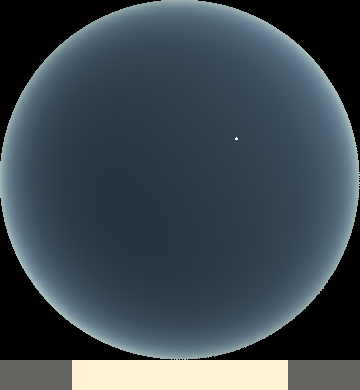
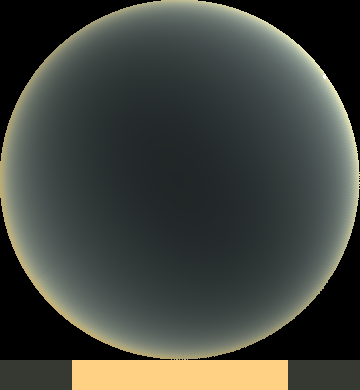
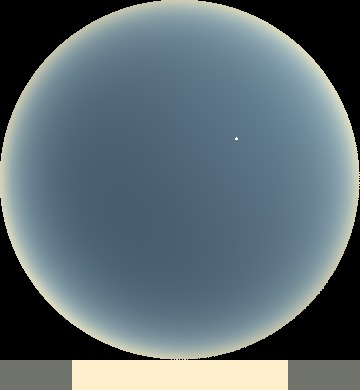
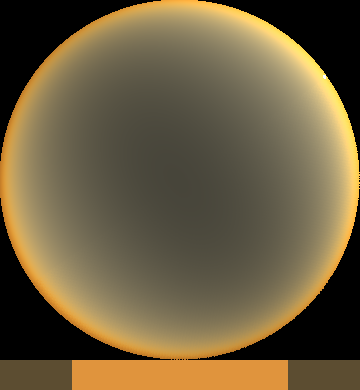
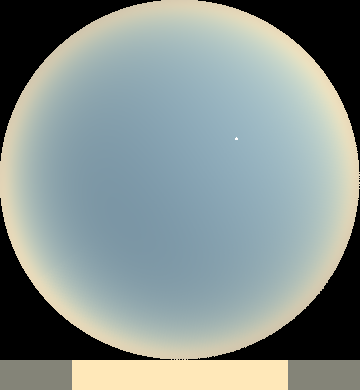
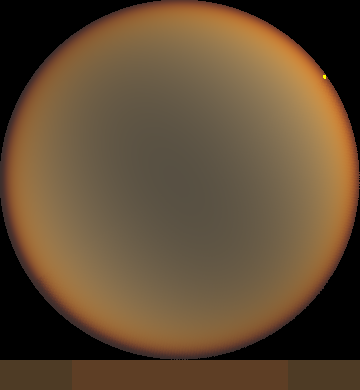
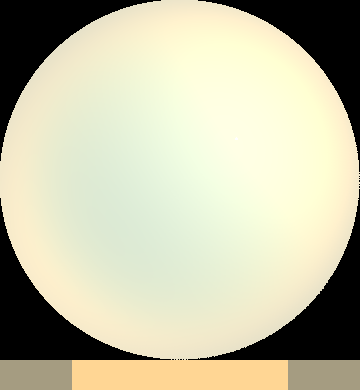
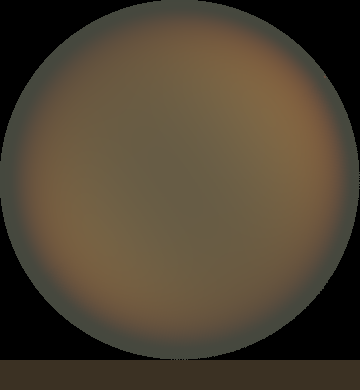
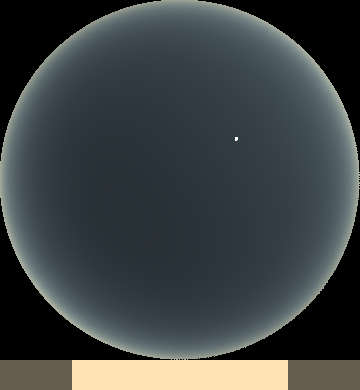
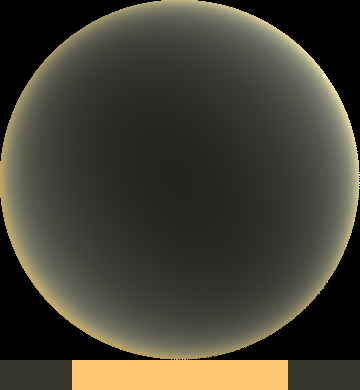
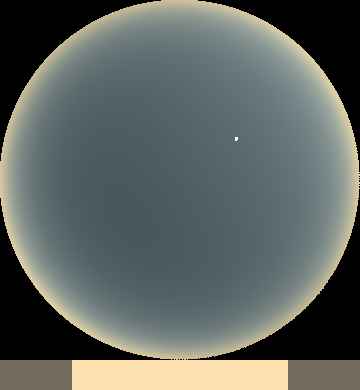
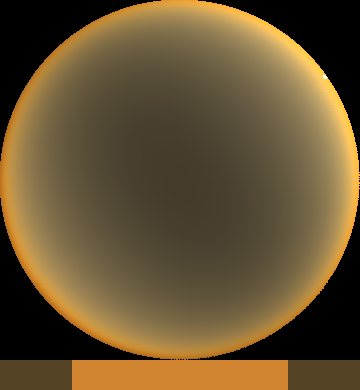
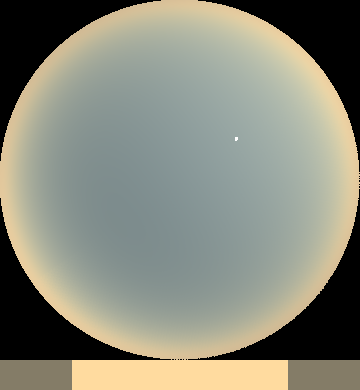
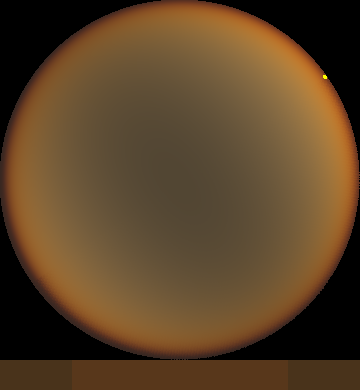
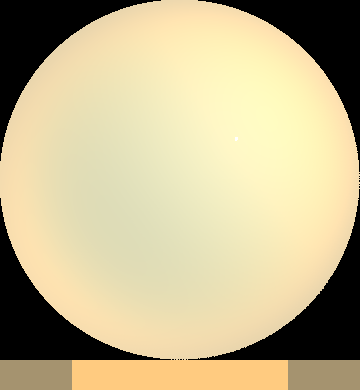
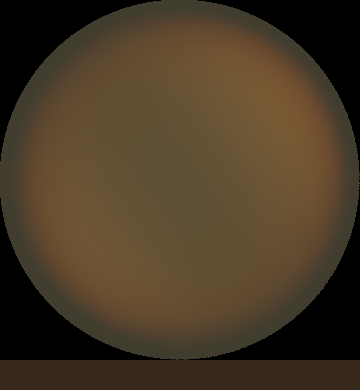
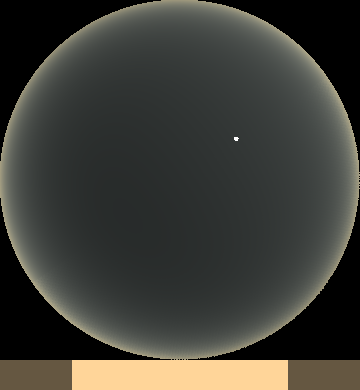
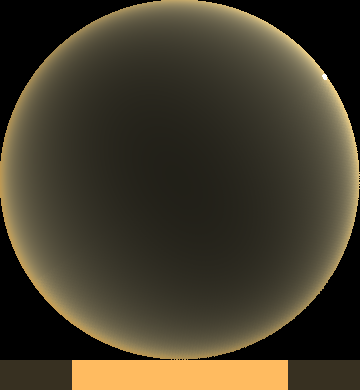
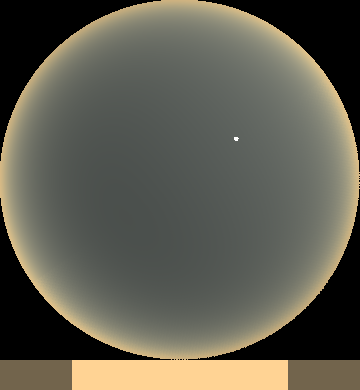
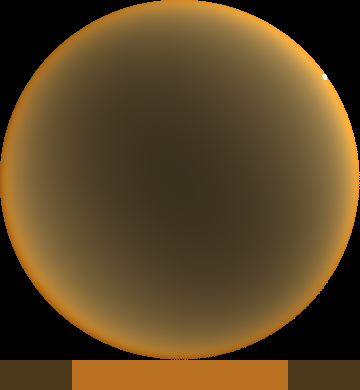
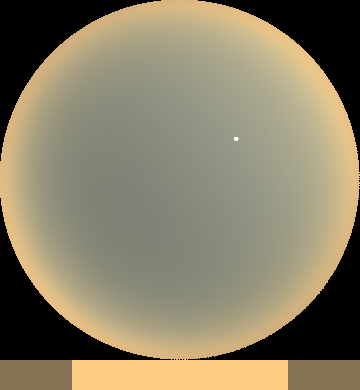
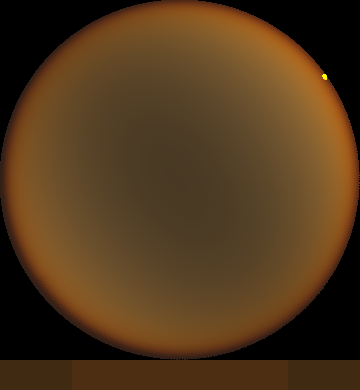

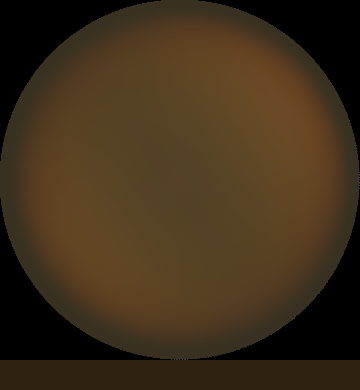
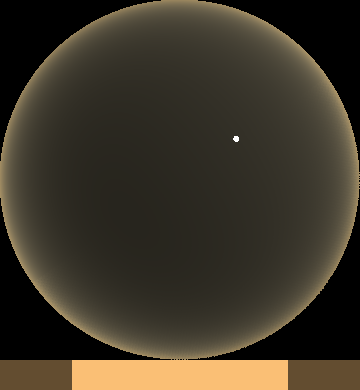
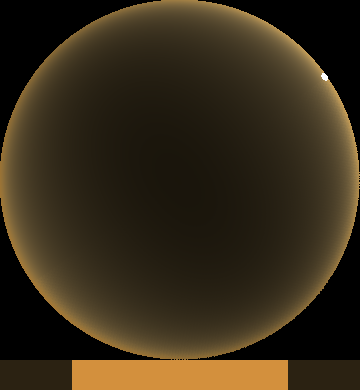
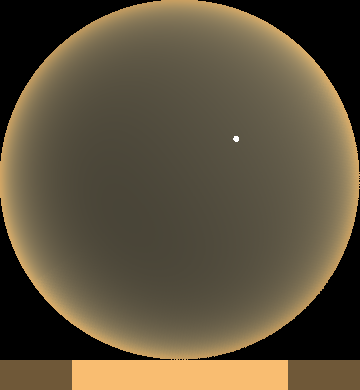
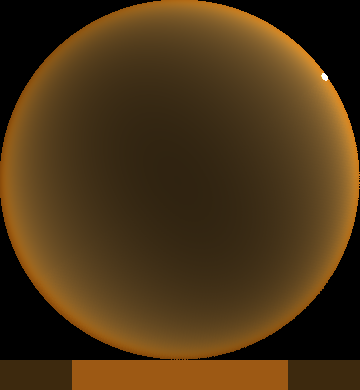
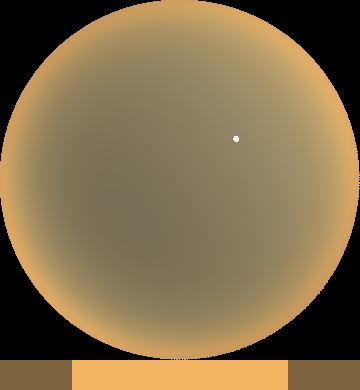
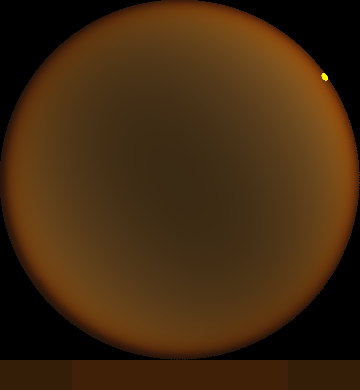
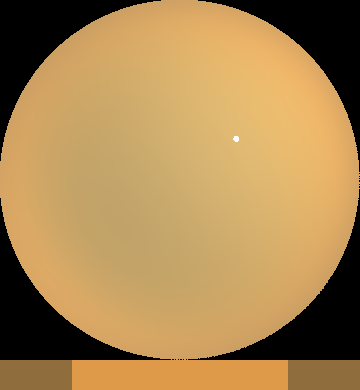
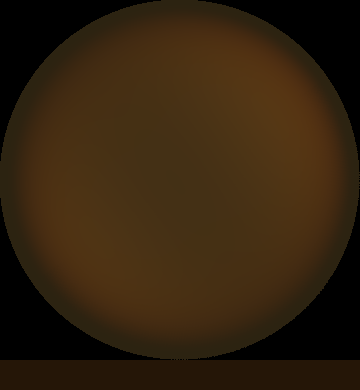
The atmospheric composition is kept the same as that of Earth, on days with a clear sky and no suspended aerosols. The exception is ozone, which is assumed to occur in a stratospheric ozone layer with a concentration proportional to the star's ultraviolet flux (wavelength ≤ 240 nm). The effect of this ozone is strongly noticeable in spectral class A stars, where it makes the sky a deep, saturated blue. The same atmospheric composition as Earth does not imply breathability. While 3 atmospheres of pressure is tolerable, at 10 atmospheres the nitrogen will have a strong narcotic effect and the oxygen will poison the lungs and central nervous system.
In the pictures below, the circle shows the sky color at different angles, with the while dot representing the sun's location. The color bar on the bottom shows the color of direct sunlight on a 50% grey diffuse Lambertian reflector normal to the sun's rays. The color at the edges shows the average ambient color as a combination of the skyglow and sunlight reflecting off a 30% grey diffuse Lambertian ground plane.
| Spectral Class | 0.3 atmosphere pressure | 1 atmosphere pressure | 3 atmosphere pressure | 10 atmosphere pressure |
| A0 |   |   |   |   |
| F0 |   |   |   |   |
| F5 |   |   |   |   |
| G0 |   |   |   |   |
| G5 |   |   |   |   |
| K0 |   |   |   |   |
| K5 |   |   |   |   |
| M0 |   |   |   |   |
| M5 |   |   |   |   |
| M9 |   |   |   |   |
The surface gravity and temperature of the world can have a significant effect on the sky color. Low gravity or low temperatures mean that you need a thicker blanket of gas to reach the same pressure; a low gravity or low temperature world will have skies that are colored like that of a higher pressure world with Earth-like pressure and temperature. High gravity or temperature have the opposite effect, able to obtain the same pressure with a thinner atmospheric blanket meaning that their skies will look like a lower pressure world with otherwise Earth-like conditions.
The atmospheric composition can also change the color.
| O3 | CH4 | NO2 | Cl2 | F2 |
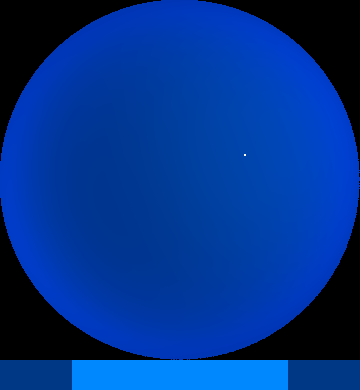
| 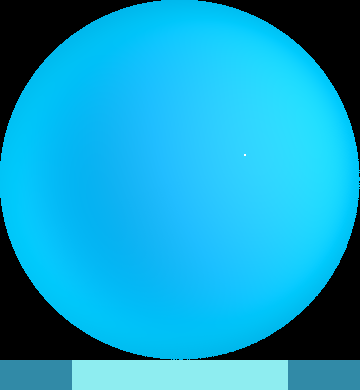
| 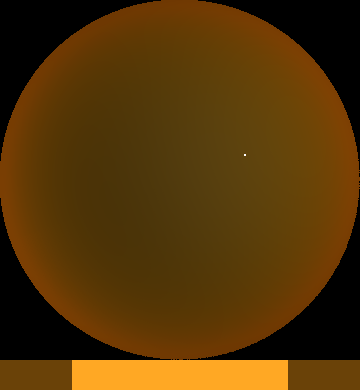
| 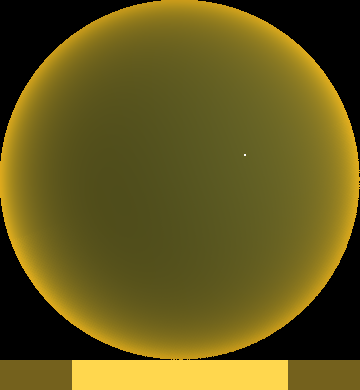
| 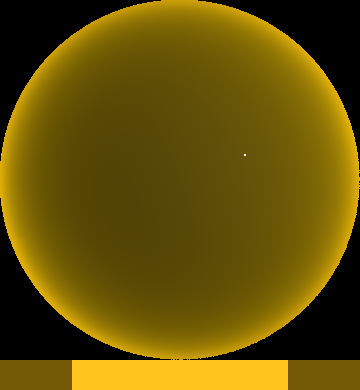
|
| Enough ozone can turn the sky a deep blue. This is an otherwise Earth-like world with 3 Pa partial pressure (0.003%) of ozone. Ozone is unstable and does not last long, but can be created in high enough quantities to affect the sky color if there is an oxygen atmosphere and a star that puts out much more ultraviolet light than our own. | Significant amounts of methane can tint a sky a robin's egg blue. This is an otherwise Earth-like world with all of its air replaced by an equal pressure of methane. Methane is what gives the planets Uranus and Neptune their blue color. | Even tiny amounts of nitrogen dioxide make the sky a dirty orange-brown color. This is the sky of an Earth-like world with 0.05 Pa partial pressure (0.00005%) of nitrogen dioxide. | Chlorine turns the sky a yellow-green color. This is earth with an extra 10 Pa partial pressure (0.01%) of chlorine. | Fluorine gives a similar yellow-brown color to chlorine, but it takes more of it. This is earth with an extra 1 kPa partial pressure (1%) of fluorine. |
Clouds, dusk, smoke, and ash can also affect the appearance of the sky. In our solar system, the skies of Mars and Titan are significantly colored by suspended aerosols, Venus has a perpetual sulfuric acid cloud layer, and Earth regularly has its sky color affected by water clouds.
| Venus | 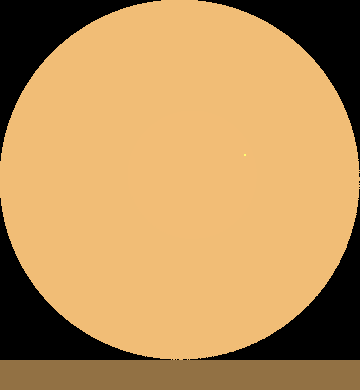 Venus's sky if the clouds were somehow swept away. | 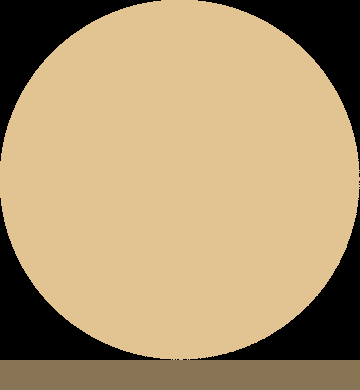 A typical venusian sky. | |||
| Earth | 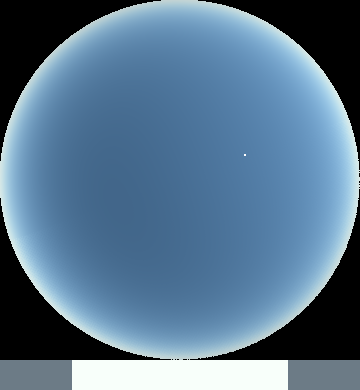 Earth's sky on a clear day. | 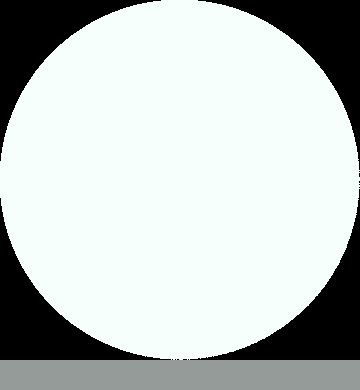 Earth's sky on an overcast day. | 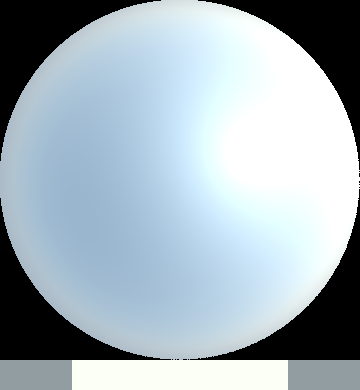 Earth's sky on a hazy day. | 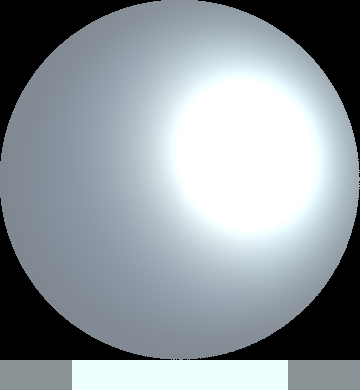 Earth's sky with smoke from wildfires. | 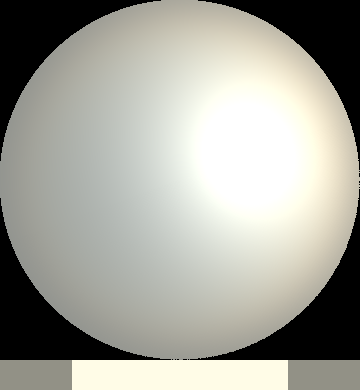 Earth's sky with wind-blown dust. |
| Mars | 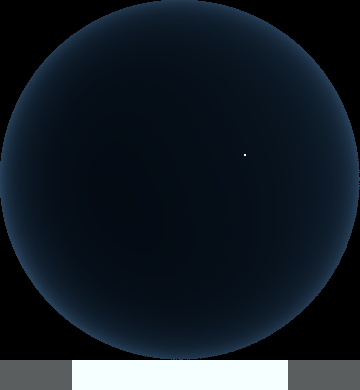 A martian sky if it had no dust. | 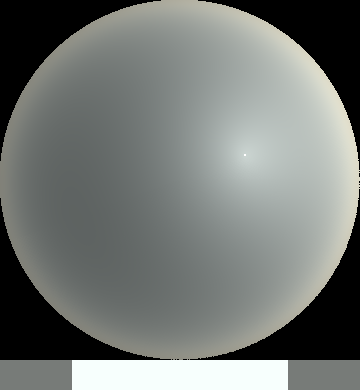 A very clear martian sky. | 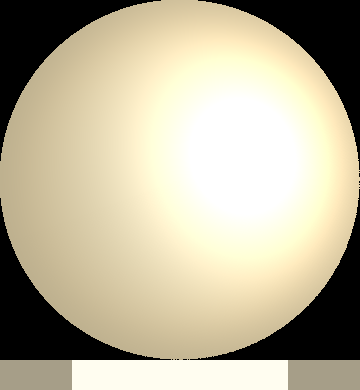 A typical martian sky. | 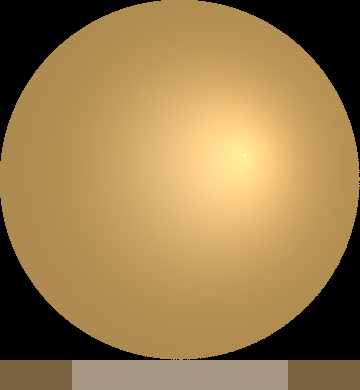 A martian sky in a severe dust storm. | |
| Titan | 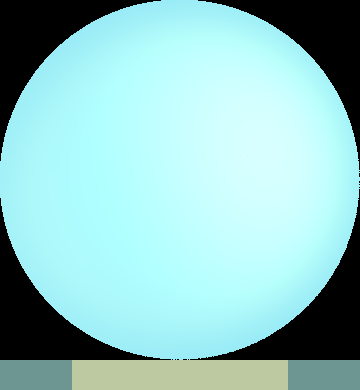 Titan's sky if it were ever clear. | 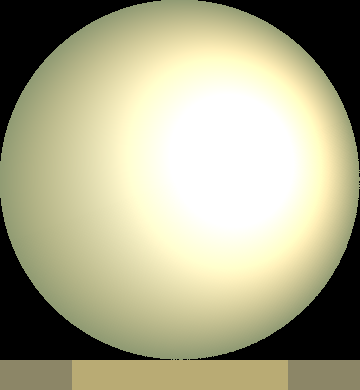 A typical Titan sky, with its thick layers of tholin haze. |